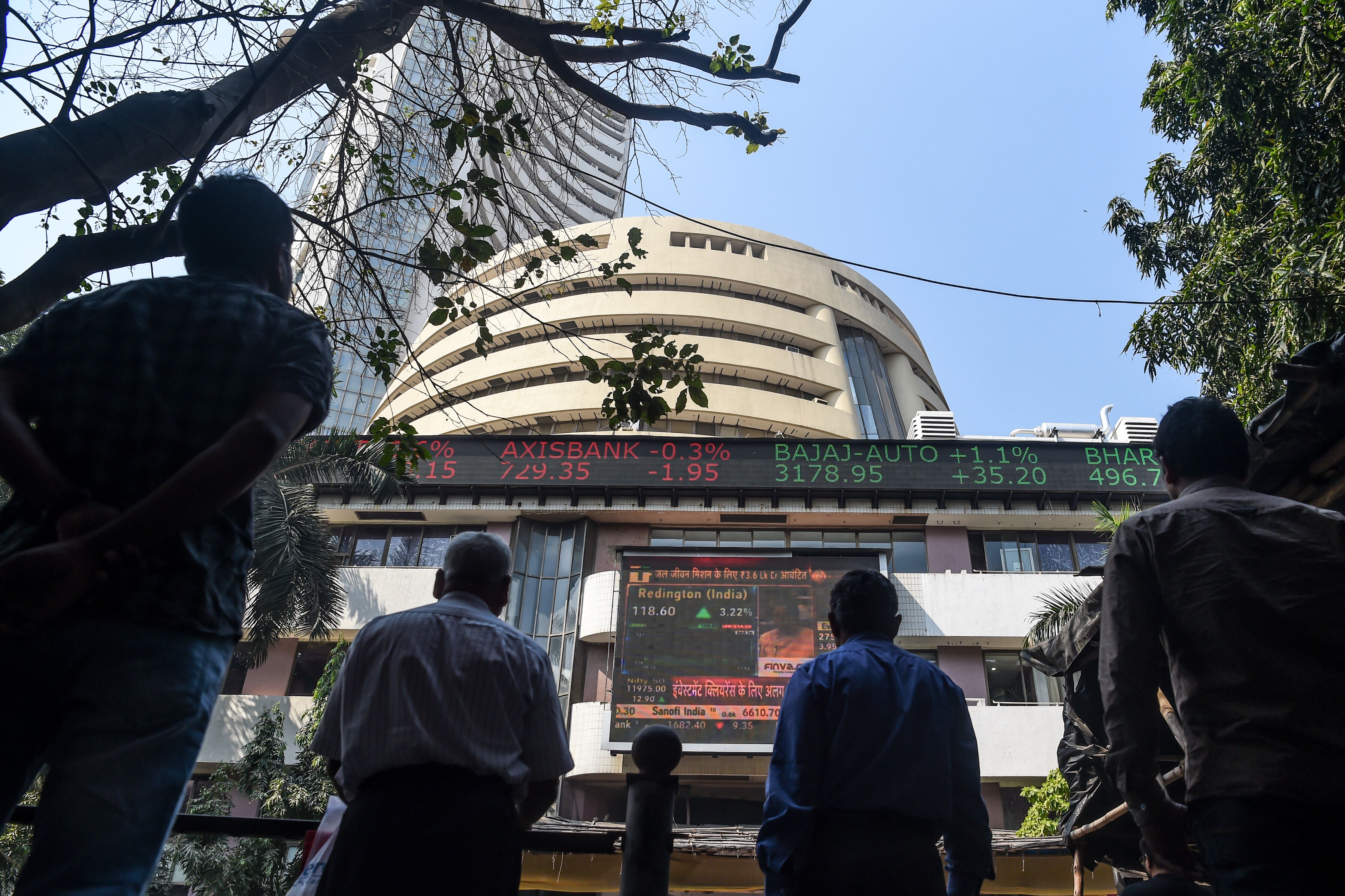
People watch on a screen a television channel live broadcast of India’s Finance Minister Nirmala Sitharaman presenting the 2020 union budget, at the Bombay Stock Market (BSE) in Mumbai on February 1, 2020.
Punit Paranjpe | AFP | Getty Images
SINGAPORE — Rising U.S. bond yields will not hurt Asia’s emerging markets as badly as they did during the “taper tantrum” eight years ago, according to a report by S&P Global Ratings.
“Taper tantrum” describes the surge in U.S. Treasury yields in 2013 after the Federal Reserve said it would wind down its quantitative easing — or asset purchase — program.
The move led to sharp outflows of money from emerging markets, including those in Asia, and forced their central banks to hike interest rates to protect their capital accounts.
“Not all yield shocks are created equal,” Shaun Roache, S&P’s Asia-Pacific chief economist, said in a press release on Wednesday.
The recovery across Asia’s emerging economies should withstand rising U.S. yields so long as this reflects an improving growth outlook and reflation rather than a monetary shock.
Shaun Roache
Asia-Pacific Chief Economist, S&P Global Ratings
U.S. Treasury yields have been ticking higher for weeks, and the benchmark 10-year Treasury note hit a high of 1.689% on Wednesday, its highest level since January 2020. It has since slipped, after Federal Reserve Chair Jerome Powell indicated the central bank had no plans to hike interest rates.
Roache explained that U.S. yields are rising in response to hopes that better economic growth will lift inflation. And Asia is usually a “prime beneficiary” of improving global growth, he said.
In addition, current economic conditions in Asia allow the region to better guard against external shocks compared to 2013, said S&P. Those conditions include current account surpluses, generally low inflation, higher real interest rates and higher foreign-exchange reserve buffers, the ratings agency said.
Many countries in Asia have been relatively successful in containing the spread of Covid-19. That has allowed the region’s economies to recover quicker than those in Europe or the U.S.
“The recovery across Asia’s emerging economies should withstand rising U.S. yields so long as this reflects an improving growth outlook and reflation rather than a monetary shock,” said Roache.
Still, risks remain. The economist said Asia’s recovery could be threatened if markets view the Fed as underestimating inflation risk, resulting in U.S. yields rising very quickly and the U.S. dollar appreciating at the same time.
Under such circumstances, India and the Philippines will be the most vulnerable, said S&P.
Both economies have seen inflation rise in recent months, and their real policy rates are below long-run averages, the agency said. That means funds may pull out quicker from the two markets, leaving their central banks to raise rates in response, it added.
But a mitigating factor for the two countries is that their current accounts are now stronger, said S&P.
Source: CNBC
